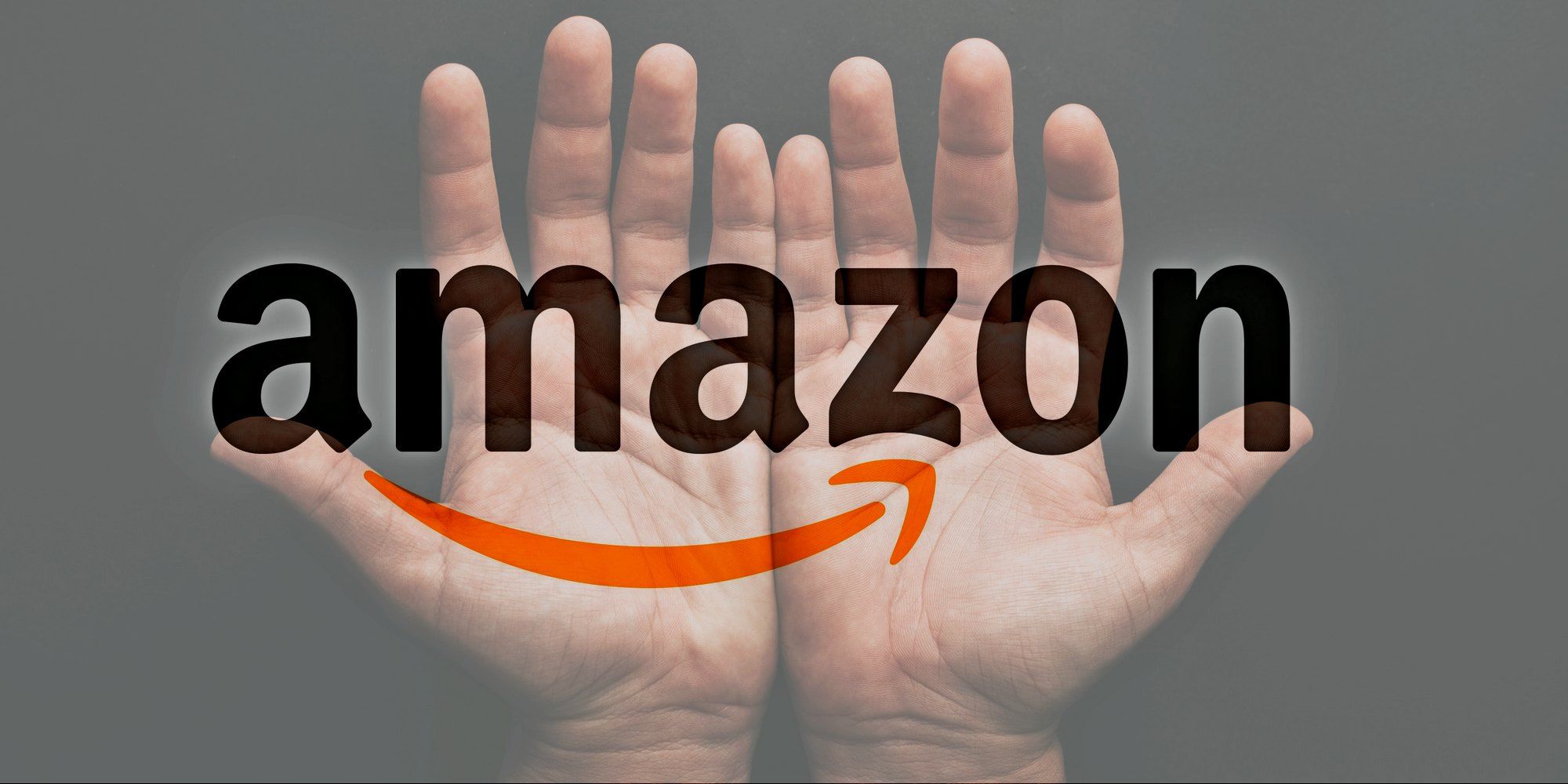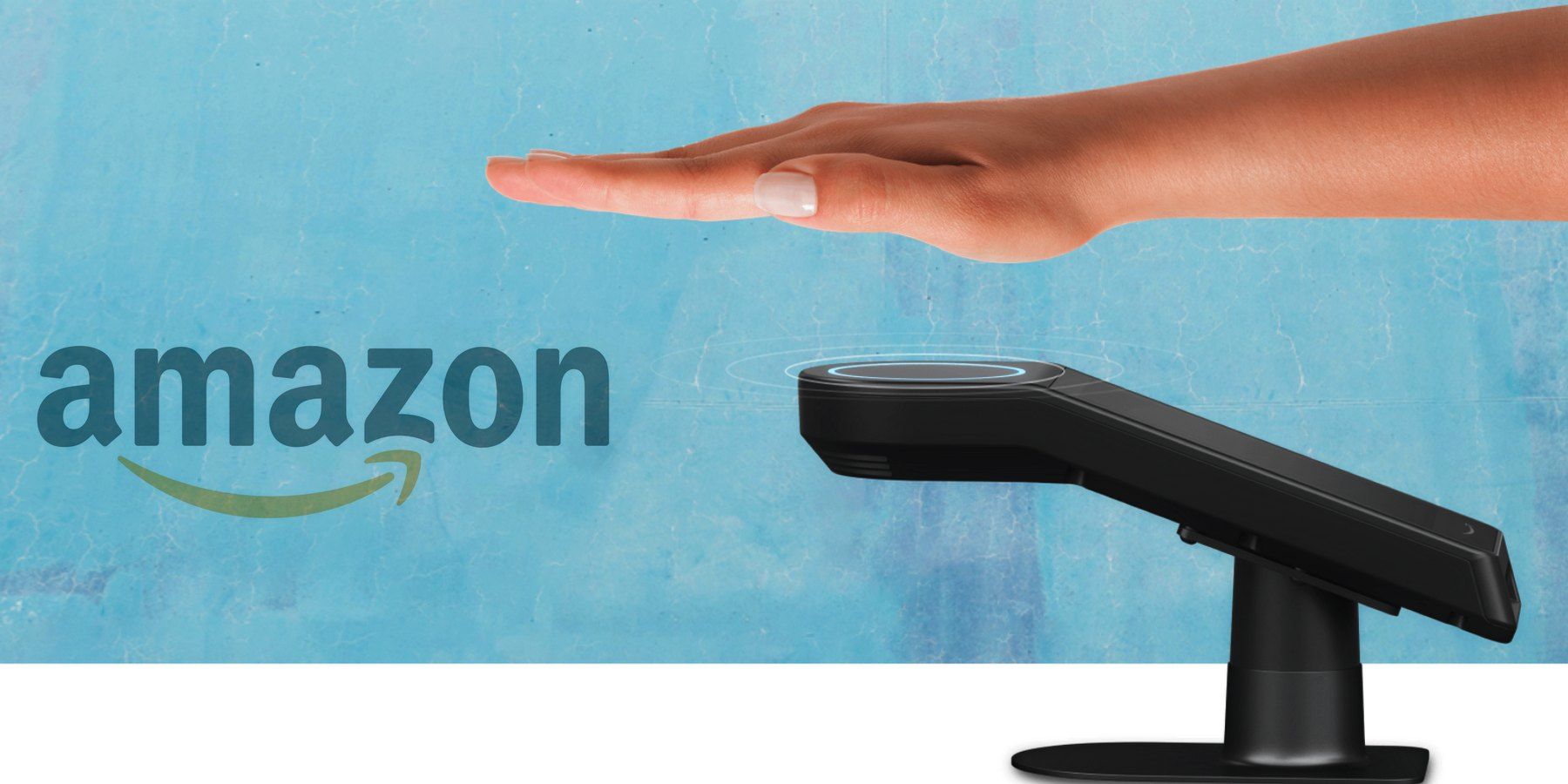
Amazon is offering a $10 incentive to folks who sign up for Amazon One — a service that asks users to register their palm prints to make purchases at one of its retail outlets in the US. Providing Amazon with access to more data — biometric data, in this case — is going to be a hot topic of debate considering Amazon’s not-so-stellar history with user privacy and its access to user information in the first place. Take its in-house voice assistant Alexa, for example. Alexa has the largest market share among all AI assistants and can be found imparting its service through any of Amazon’s Echo series smart devices, or those made by partner brands, in thousands of homes.
Back in 2019, it was reported that dedicated teams were watching footage captured by the company’s Cloud Cam home security camera for performance review. Amazon is also said to have employed human reviewers for annotating Alexa recordings, a process that required listening in on private conversations. A year earlier in 2018, news surfaced that the virtual assistant recorded private conversations of an individual and sent them to a random contact. These are just a few of the many instances where Amazon has attracted scrutiny over its privacy measures and how it handles sensitive user data. Just over one week ago, the e-commerce giant was slapped with a massive $886.6 million fine for violating GDPR norms in Europe that require people’s consent before using their personal data.
Amidst all the regulatory inquiry and privacy storm that the company is facing right now, Amazon is offering $10 in shopping credit to those that sign up and provide a palm print in the process. The company launched its Amazon One program last year that allowed users to pay for goods by scanning their palm against a contactless payment scanner. The goal is to make the process of paying for goods truly hassle-free by turning the palm of users into a personal payment channel, just like a credit card. The Amazon One scanner actually looks at markers such as the unique lines and ridges, in addition to subcutaneous features including vein patterns to create a palm signature.

The big question is what Amazon will do with user palm print data? To assuage some of the privacy concerns, Amazon claims that the Amazon One palm-scanning device itself doesn’t store any information, and the data is always protected. Amazon says it employs multiple layers of security controls that include encryption, data isolation, and storing it on dedicated secure zones with restricted access control. Users will be able to opt out of the service using one of the Amazon One scanning devices or from the Amazon website, a process that involves using one’s Amazon account credentials for the sake of verification.
It is worth pointing out here that Amazon will store the palm print data as long as users are registered to the Amazon One service. Amazon assures that it will permanently delete the palm signature as soon as users opt out and clear any pending transactions associated with their account. As an added measure of assurance, Amazon says it will automatically delete the biometric data if the linked Amazon One account is not used for two years. Amazon, however, mentions that it will use some data from the signature to "improve our system" which could mean many things.
Source: Amazon, Amazon One Help
from ScreenRant - Feed https://ift.tt/3lMxOC9



0 Comments